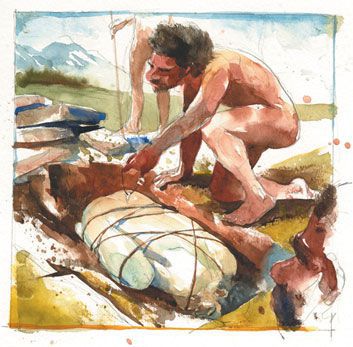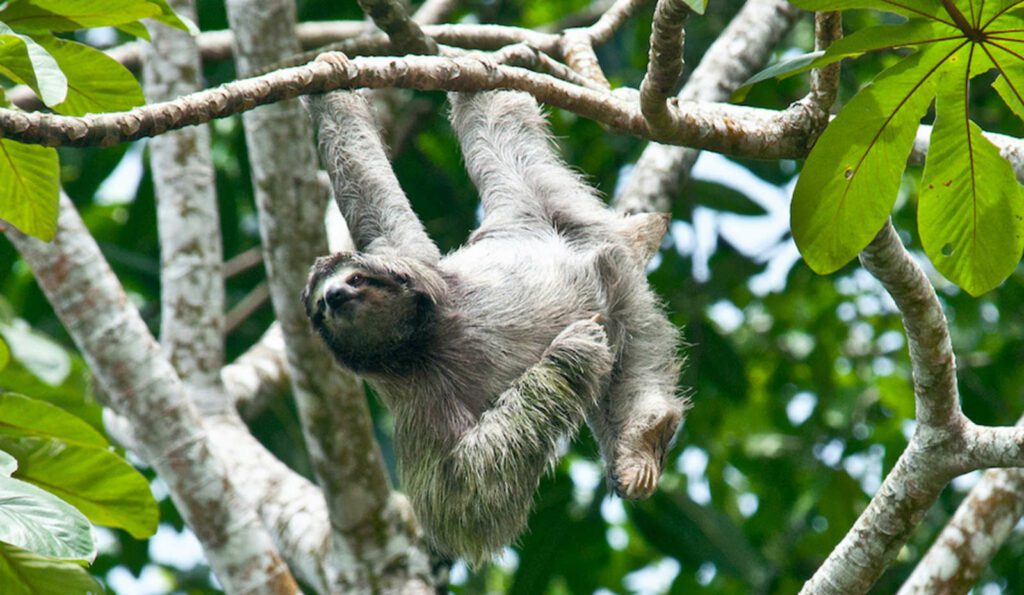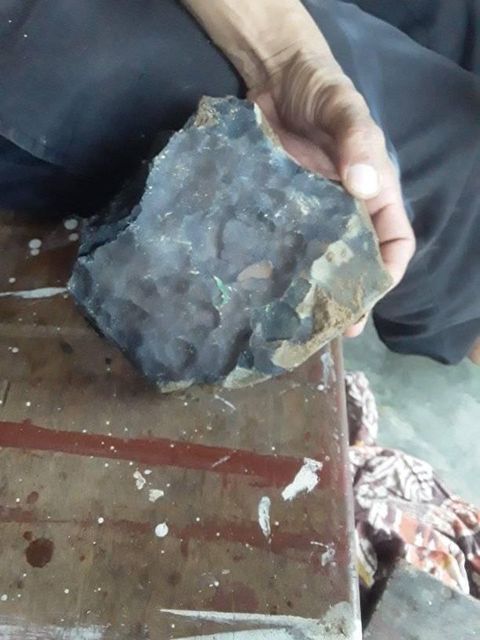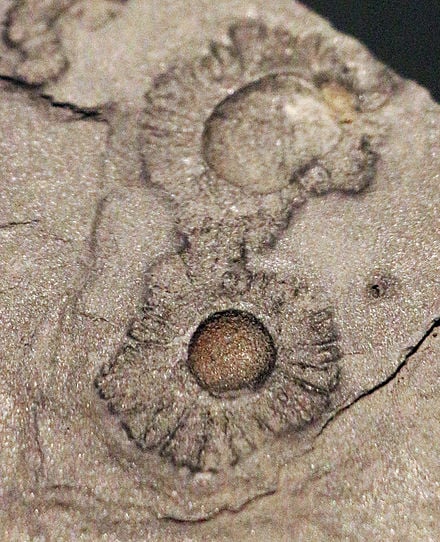Neanderthals, which were traditionally thought of as extremely primitive humans, are now believed to have been extremely intelligent, even comparable to the intelligence of modern humans. They used tools, had social structures, thrived in hostile environments, and lived long lives.
Rethinking Neanderthals Bruno Maureille unlocks the gate in a chain-link fence, and we walk into the fossil bed past a pile of limestone rubble, the detritus of an earlier dig. We’re 280 miles southwest of Paris, in rolling farm country dotted with long-haired cattle and etched by meandering streams. Maureille, an anthropologist at the University […]









